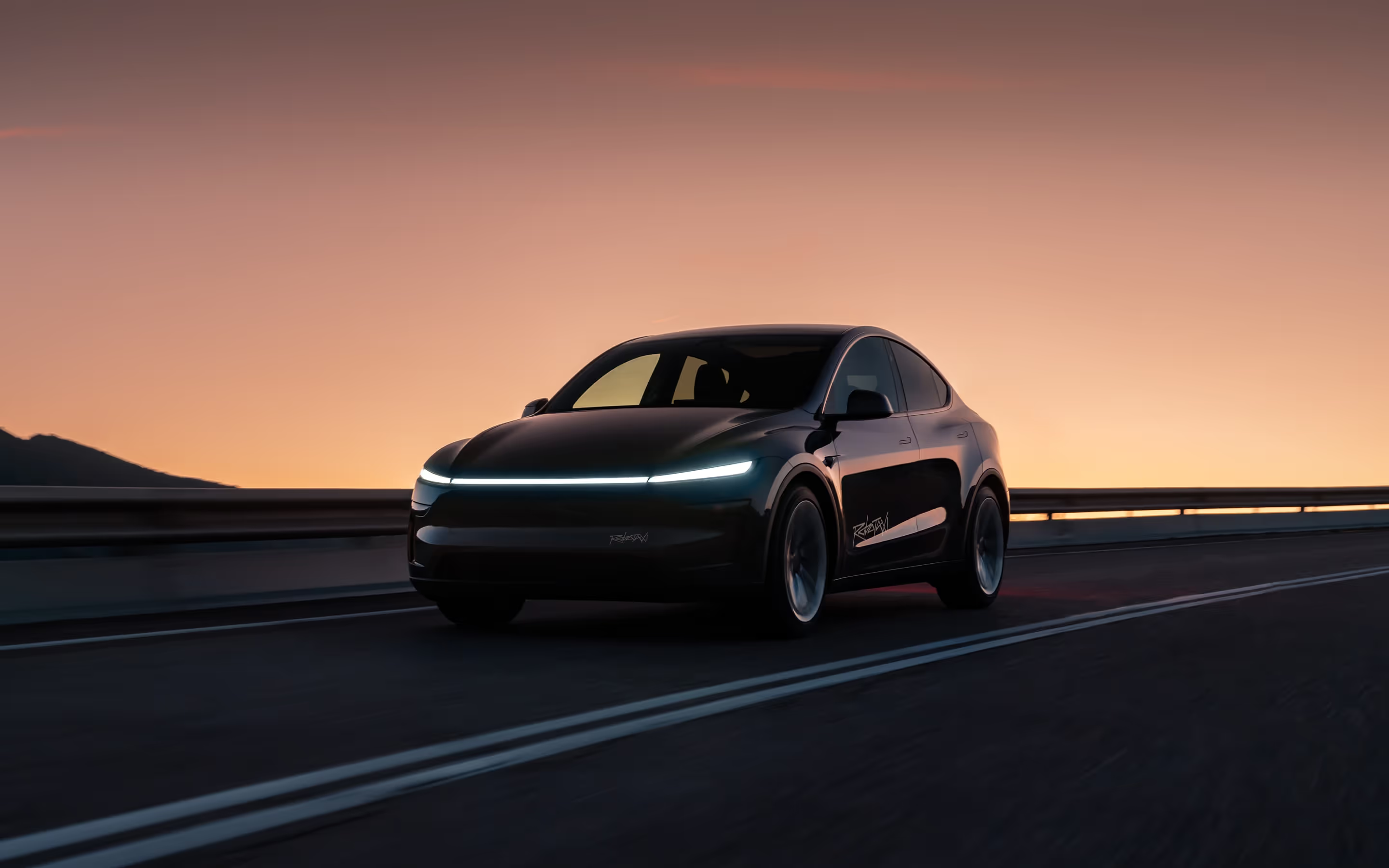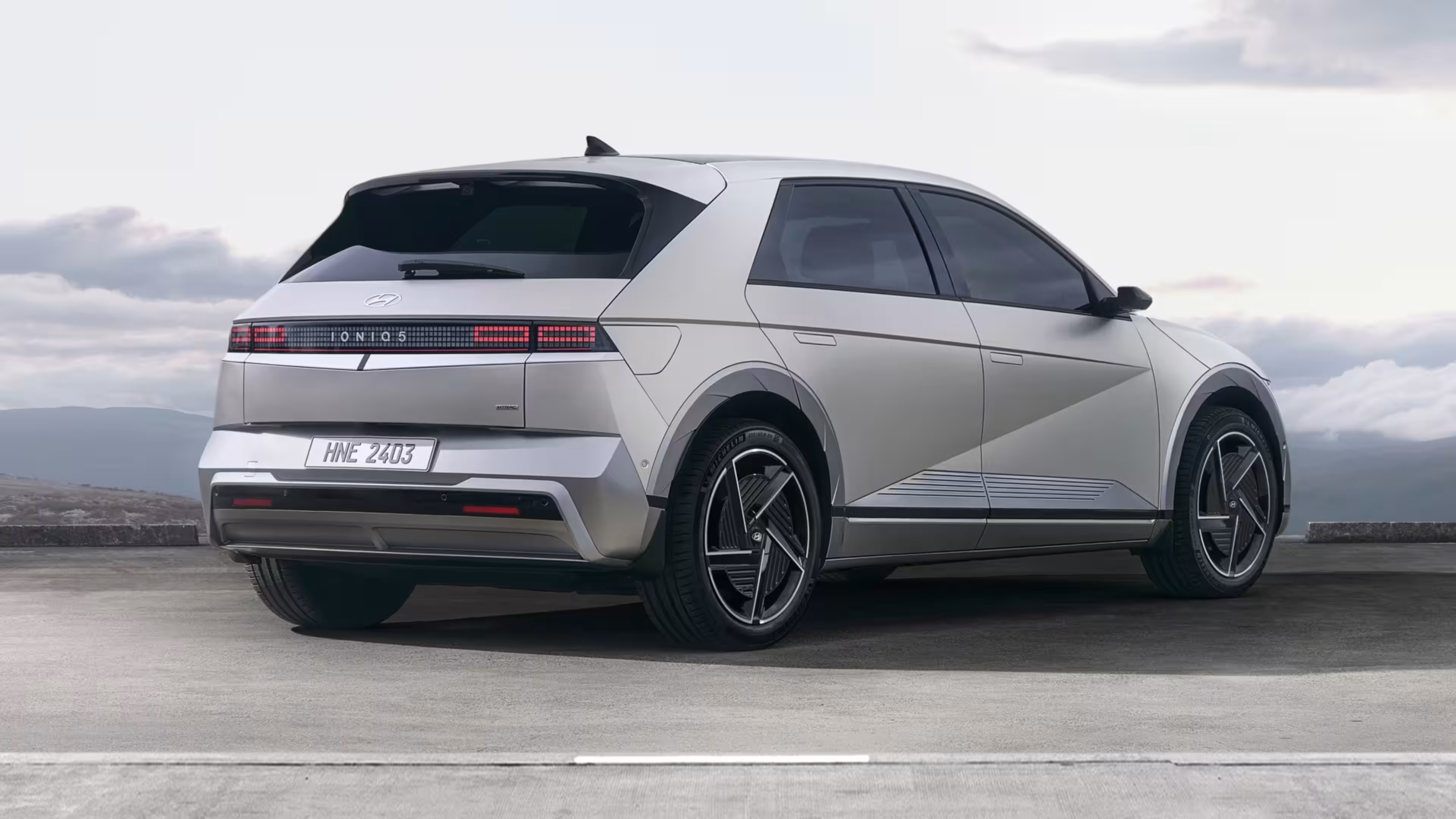The automotive landscape is shifting, with car subscription services in the United States now accelerating into the mainstream. This new model of “cars-as-a-service” has gained significant traction, changing the way individuals think about car ownership and use, with car subscription plans offering flexibility and convenience. This trend, just emerging a few years ago, has now shifted into high gear, boasting remarkable growth rates and pulling significant interest from both traditional automakers and emerging mobility startups.
The rise of car subscription programs isn’t just a fleeting trend, with several factors steering this growth. The demand for flexibility and convenience in a fast-paced, technology-driven society; changing attitudes towards car ownership; and the advances in digital platforms for subscribing and managing subscriptions are all significant factors that are fuelling this trend.
As we delve deeper into the data and trends, we’ll discover the current landscape of car subscriptions in the United States - specifically which regions are showing the most significant demand and the leading players in the market.
What is a Car Subscription Service?
A car subscription service is a modern alternative to traditional car ownership and leasing, offering a flexible and convenient way to access a vehicle. Instead of committing to a long-term purchase or lease, customers pay a monthly fee to use a car for a specified period. This fee typically includes insurance, maintenance, roadside assistance, and other associated costs, making it an all-inclusive package.
This innovative model provides several advantages over traditional car ownership. For one, it eliminates the need for a significant down payment, which can be a barrier for many potential car buyers. Additionally, the monthly fee covers all the essential services, reducing the complexity and hassle of managing separate payments for insurance, maintenance, and other expenses. This makes car subscription services an attractive option for those seeking a hassle-free and flexible car ownership experience.
Benefits of Car Subscription
Car subscription services offer numerous benefits that make them an appealing alternative to traditional car ownership:
- Simplified Experience: Car subscription services bundle various services into a single monthly fee, reducing the complexity of car ownership. This all-inclusive approach means you don’t have to worry about separate payments for insurance, maintenance, or roadside assistance.
- Flexibility: Subscribers can switch vehicles as needed, whether it’s for a family trip, daily commuting, or any other purpose. This flexibility allows you to choose a car that fits your current lifestyle without long-term commitments.
- Convenience: The monthly fee covers insurance, maintenance, and other associated costs, providing a hassle-free experience. You can enjoy the benefits of a car without the usual headaches of ownership.
- Cost-Effectiveness: For some consumers, car subscription services can be more cost-effective than traditional car ownership. The all-inclusive monthly fee can be more predictable and manageable compared to the variable costs of owning a car.
- No Down Payment: Unlike traditional car purchases, car subscription services do not require a down payment. This makes it easier for individuals to access a vehicle without a significant upfront financial commitment.
- No Long-Term Commitment: Car subscription services offer flexible subscription terms, allowing users to cancel or change their subscription as needed. This is ideal for those who prefer not to be tied down by long-term contracts.
How Car Subscription Services Work
Car subscription services typically follow a straightforward process designed to provide maximum convenience and flexibility:
- Select a Car and Plan: Users start by selecting a car and a subscription plan that suits their needs. This can be done through the service’s website or app, where various models and plans are available.
- Monthly Fee: The monthly fee includes insurance, maintenance, roadside assistance, and other associated costs. This all-inclusive fee simplifies budgeting and eliminates unexpected expenses.
- Vehicle Delivery or Pickup: Once the subscription is confirmed, the user receives the car, either through delivery to their location or by picking it up from a dealership.
- Drive the Car: The user can drive the car for the specified period, adhering to the monthly mileage limit set by the subscription plan.
- Subscription Flexibility: At the end of the subscription period, the user can choose to cancel, renew, or change their subscription. This flexibility allows users to adapt their car usage to their changing needs.
- Return the Car: When the subscription ends, the user returns the car, and the subscription service handles the vehicle’s maintenance and registration, ensuring it is ready for the next subscriber.
Most popular locations in the United States demanding car subscription services
To gauge the demand for car subscription programs in the United States, Google Trends data offers a revealing snapshot of emerging patterns. One pattern that stands out involves the regions with the highest searches for car subscription services in the United States with the following five states being clear leaders in car subscription demand:
- New Jersey
- Georgia
- Maryland
- Pennsylvania
- California
Interestingly, a report from Forbes Advisor echoes a similar trend but from a different perspective. According to Car Ownership Statistics 2023, these states rank among the most expensive for car ownership in the country. Not only are the costs associated with purchasing or leasing a car steep, but the ongoing expenses like insurance premiums and repair costs are a key driver.
These cost factors highlight the value of the new car subscription model stands, particular with its all-inclusive offerings. Car subscription services typically include insurance costs within the subscription fee, eliminating the need for separate, often high, insurance payments. In addition, many car subscription services also cover routine maintenance and repair costs. This means subscribers don’t have to worry about sudden, unplanned expenses from car breakdowns or necessary repairs. Many car subscription services also handle vehicle registration, adding to the convenience for subscribers. The combination of these factors provides compelling evidence of why the interest in car subscription services is growing particularly fast in these high-cost states.
Residents in these states appear to be embracing car subscription services as a response to the high costs of car ownership. This connection suggests that the rising interest in car subscription services is tied closely to modern motorists looking for affordable and flexible alternatives to the traditional and often costly model of car ownership.
Top car subscription providers in the United States
Though the exact origins of car subscription programs are hard to pinpoint, early adopters included the likes of OEM automaker offerings such as Book by Cadillac and Care by Volvo who both entered back in 2017. More OEMs have followed the lead in the U.S market due to recognising their key unique advantages including:
- Existing Infrastructure: OEMs already have the manufacturing facilities, supply chains, and dealership networks in place, which are essential for launching and scaling a car subscription service.
- Brand Recognition: OEMs have strong brand identities and customer loyalty, which can be leveraged when introducing new services. Customers may feel more comfortable subscribing to a service backed by a well-known and trusted brand.
- Vehicle Access and Control: OEMs have direct access to their vehicles, allowing them to offer a variety of models and easily switch out cars for subscribers. They also have the ability to control the maintenance and quality of the vehicles.
- Financial Capability: Launching a new business model like car subscription requires substantial upfront investment. OEMs, typically being large, established companies, are more likely to have the necessary financial resources.
- Existing Customer Base: OEMs have a ready pool of potential customers among their existing car owners, which can help them acquire subscribers for their new service.
However, in recent times, the market has seen the entrance of new incumbents and disruptors including dealerships, mobility startups like Fair and Autonomy, and rental car companies. These players are realizing that the demand for more flexible offerings such as car subscriptions can translate to benefits such as new revenue streams, customer retention and better fleet utilization. Many top providers include vehicle maintenance as part of their subscription packages, emphasizing the convenience of not having to worry about routine costs and upkeep.
According to data from Google Trends, there have been seven key players leading the American car subscription market based on popular searches:
- FlexCar
- FINN
- Volvo
- Sixt
- Autonomy
- Hertz My Car
- Go
Pricing and Plans
Car subscription services offer a variety of pricing plans to cater to different needs and budgets:
- Monthly Subscription Fees: These fees vary depending on the car model, subscription term, and mileage package. Higher-end models and longer terms typically come with higher fees.
- Mileage Packages: Users can choose from different mileage packages, such as 500, 1,000, or 2,000 miles per month. This allows subscribers to select a plan that matches their driving habits.
- Additional Fees: Users may incur additional fees for excessive mileage, damage, or other services not covered by the standard subscription. It’s important to review these potential costs when selecting a plan.
- Initiation Fees: Some car subscription services charge an initiation fee, which covers the preparation, delivery, and registration of the vehicle. This one-time fee is usually paid at the start of the subscription.
Target Market and Demographics
Car subscription services appeal to a diverse range of demographics, each with unique needs and preferences:
- Young Professionals: Individuals who value flexibility and convenience in their car ownership experience. Car subscriptions allow them to access a vehicle without the long-term commitment and financial burden of traditional car ownership.
- Families: Families who need a car for daily use but do not want to commit to long-term ownership. The ability to switch vehicles as needed is particularly appealing for growing families.
- Urban Dwellers: City residents who want access to a car without the hassle of parking and maintenance. Car subscriptions provide a practical solution for those who only need a car occasionally.
- Environmentally Conscious Individuals: Those who want to reduce their carbon footprint by using a car only when needed. Car subscriptions offer a flexible way to access a vehicle without the environmental impact of owning one.
- Individuals with Changing Lifestyles: People who experience changes in their lifestyle, such as a new job or move, and need a flexible car ownership solution. Car subscriptions allow them to adapt their vehicle usage to their current circumstances.
By catering to these diverse groups, car subscription services are positioned to meet the evolving needs of modern consumers, offering a flexible and convenient alternative to traditional car ownership.
The future of car subscriptions in the United States
The culmination of market conditions such as changing consumer preferences and ecological impacts are being met by the flexible model of car subscription, calling for more automotive players to partake in the new market as a way to overcome future mobility challenges.
Subscription-based ownership has and will continue to become a legitimate mainstream alternative to traditional leasing and rental, with more motorists valuing the low capital commitment and flexibility of subscription. The monthly subscription fee offers flexibility compared to traditional leases, allowing subscribers to cancel with prior notice and providing a clear billing cycle and payment structure.
Loopit estimates that subscription-based mobility services will account for closer to 30% of new car sales by 2030—or double the current estimates—representing a USD $80 Billion opportunity by the end of the decade.
As we navigate through a period of unprecedented change in the U.S. automotive retail landscape, it is becoming increasingly clear that car subscription services are poised to play a crucial role in the industry’s future due to the following four factors.
Consolidation of the Dealership Network
As dealership networks consolidate, they may find it easier to offer subscription services alongside traditional sales. This is because consolidated entities often have a wider variety of vehicles and can leverage economies of scale to manage a fleet of subscription vehicles more efficiently. Moreover, consolidated dealerships could enhance the accessibility of car subscriptions by offering these services across a broader geographic area.
Switch to the Agency Model
In the agency model, where dealers become agents for the trade of new vehicles without holding inventory risk, car subscription services can thrive. With less emphasis on maintaining a large, unsold inventory, dealers can focus more on managing a rotating fleet of subscription vehicles. This change could allow subscription services to offer a wider variety of cars, including the latest models, thereby increasing their appeal to potential customers. Additionally, the agency model can facilitate higher monthly payments that include all costs, such as insurance and maintenance, making budgeting simpler for subscribers.
Direct-to-Customer Business Model
The direct-to-customer approach opens up opportunities for manufacturers (OEMs) to offer subscription services directly, bypassing the dealership entirely. In this scenario, dealerships could transition into service providers that support the maintenance and logistics for these subscriptions. This shift could result in a more streamlined and efficient process for customers, as they can manage their subscription directly with the manufacturer, while still receiving service support from local dealers. This model can make car subscription work more efficiently by providing flexibility and reducing the financial burden of not owning a car outright.
Proliferation of Electric Vehicles (EVs) in Car Subscription Services
As EVs become more commonplace, they could become a significant component of car subscription fleets. Subscription services offer a low-risk way for consumers to try out EVs without committing to ownership. The monthly subscription fee for EVs offers a low-risk way to try out the latest models. Moreover, given the rapid pace of EV technology development, consumers may prefer a flexible subscription that allows them to regularly upgrade to the latest models, rather than owning an EV that could quickly become outdated.
Each of these factors represents a substantial shift in the automotive retail landscape, and their convergence could pave the way for car subscription services to play an even more significant role in how Americans access and use vehicles in the years to come.









